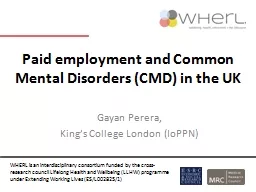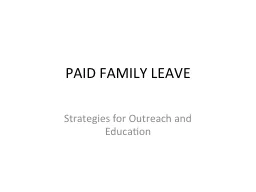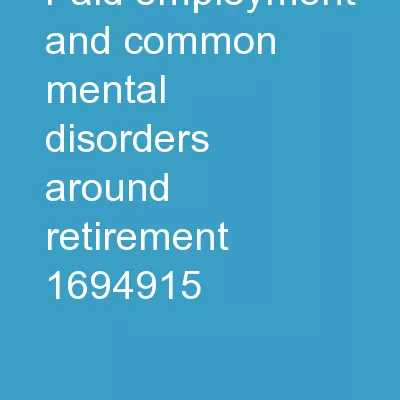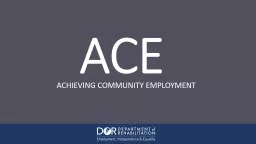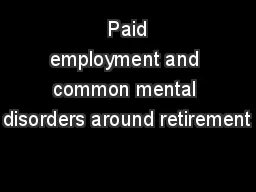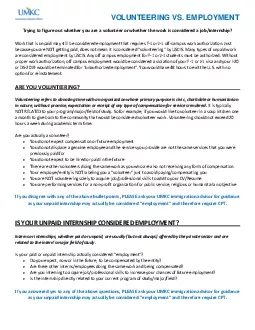PPT-Paid employment and Common
Author : olivia-moreira | Published Date : 2019-03-13
M ental D isorders CMD in the UK Gayan Perera Kings College London IoPPN WHERL is an interdisciplinary consortium funded by the crossresearch council Lifelong
Presentation Embed Code
Download Presentation
Download Presentation The PPT/PDF document "Paid employment and Common" is the property of its rightful owner. Permission is granted to download and print the materials on this website for personal, non-commercial use only, and to display it on your personal computer provided you do not modify the materials and that you retain all copyright notices contained in the materials. By downloading content from our website, you accept the terms of this agreement.
Paid employment and Common: Transcript
Download Rules Of Document
"Paid employment and Common"The content belongs to its owner. You may download and print it for personal use, without modification, and keep all copyright notices. By downloading, you agree to these terms.
Related Documents

